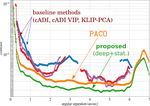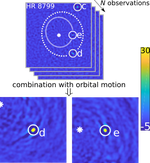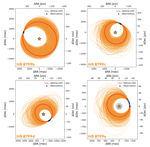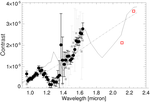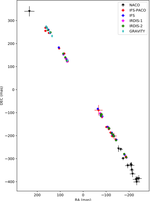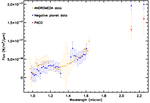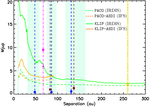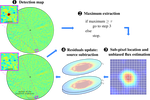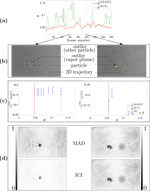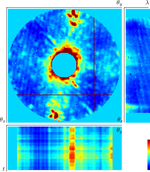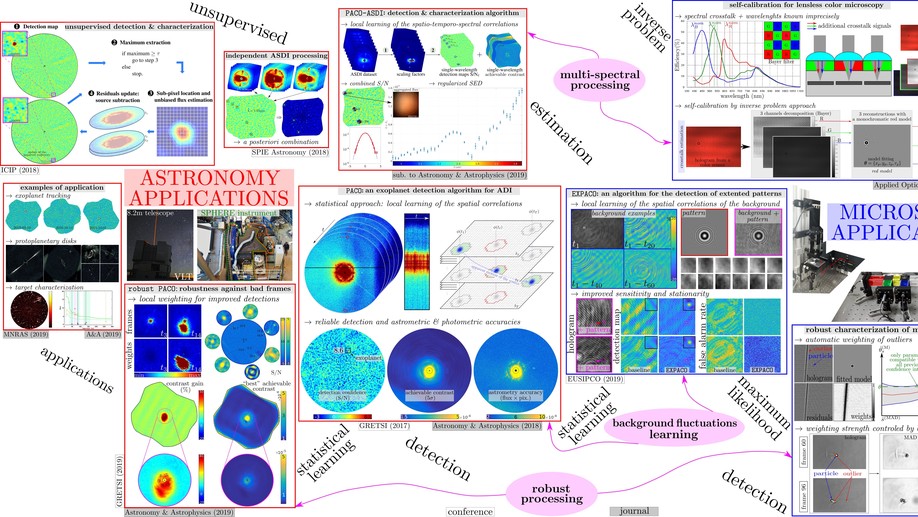Bio
I am a CNRS Associate Researcher at the Astrophysics Research Center of Lyon (CRAL, Observatory of Lyon). I am developing algorithms to detect, characterize and reconstruct objects from faint signals embedded in multi-variate data. The main application of my current research work is direct imaging at high contrast and at high angular resolution for exoplanet detection and for the reconstruction of the circumstellar environment.
Previously (2021-09/2022), I was a postdoc in a pluridisciplinary project with LESIA (Observatory of Paris) and INRIA (Willow team). Before that, I was a postdoc at CRAL (2020). Between 2016-2019, I was a PhD student at the Hubert Curien Laboratory. I developed a set of methods to detect, characterize and reconstruct faint signals in image series. There are based on a common methodological guideline including: statistics-based modeling of the nuisance component, physics-based modeling of the instrumental effects, robust strategies to deal with the presence of outliers, and dedicated processings of temporo-spectral information redundancy. I applied this methodology both in astrophysics and in holographic microscopy.
Interests
- Detection, estimation, reconstruction
- Inverse problems
- Patch-based approaches
- Learning-based approaches
- Faint signals
- Time & spectral series
- Direct imaging (astronomy)
- Holography (microscopy)
Education
-
PhD in Image & Vision, 2019
University of Lyon, University of Saint-Etienne
-
Engineer degree in Signal, Image, Communication, Multimedia, 2015
Phelma, Grenoble INP

